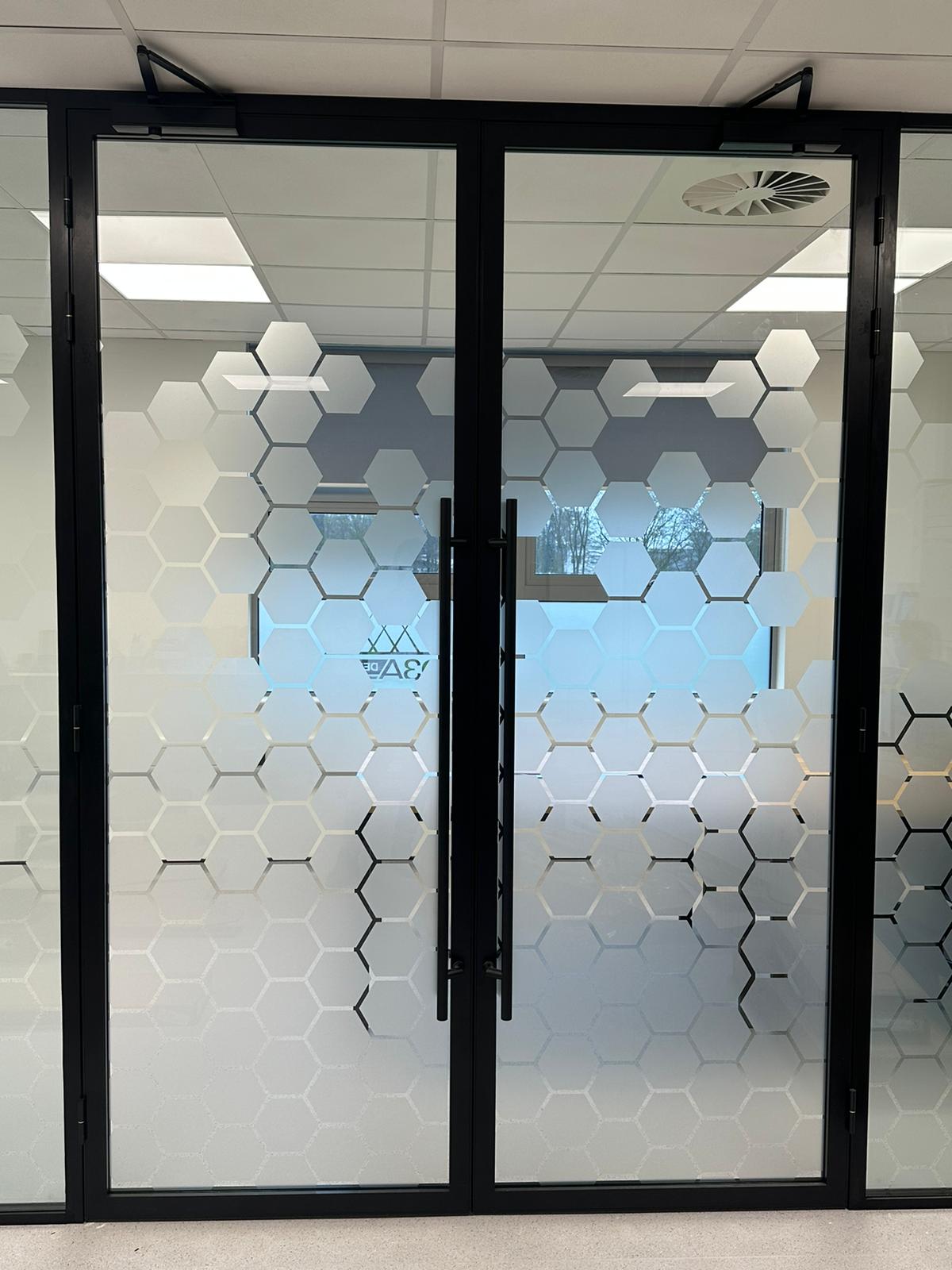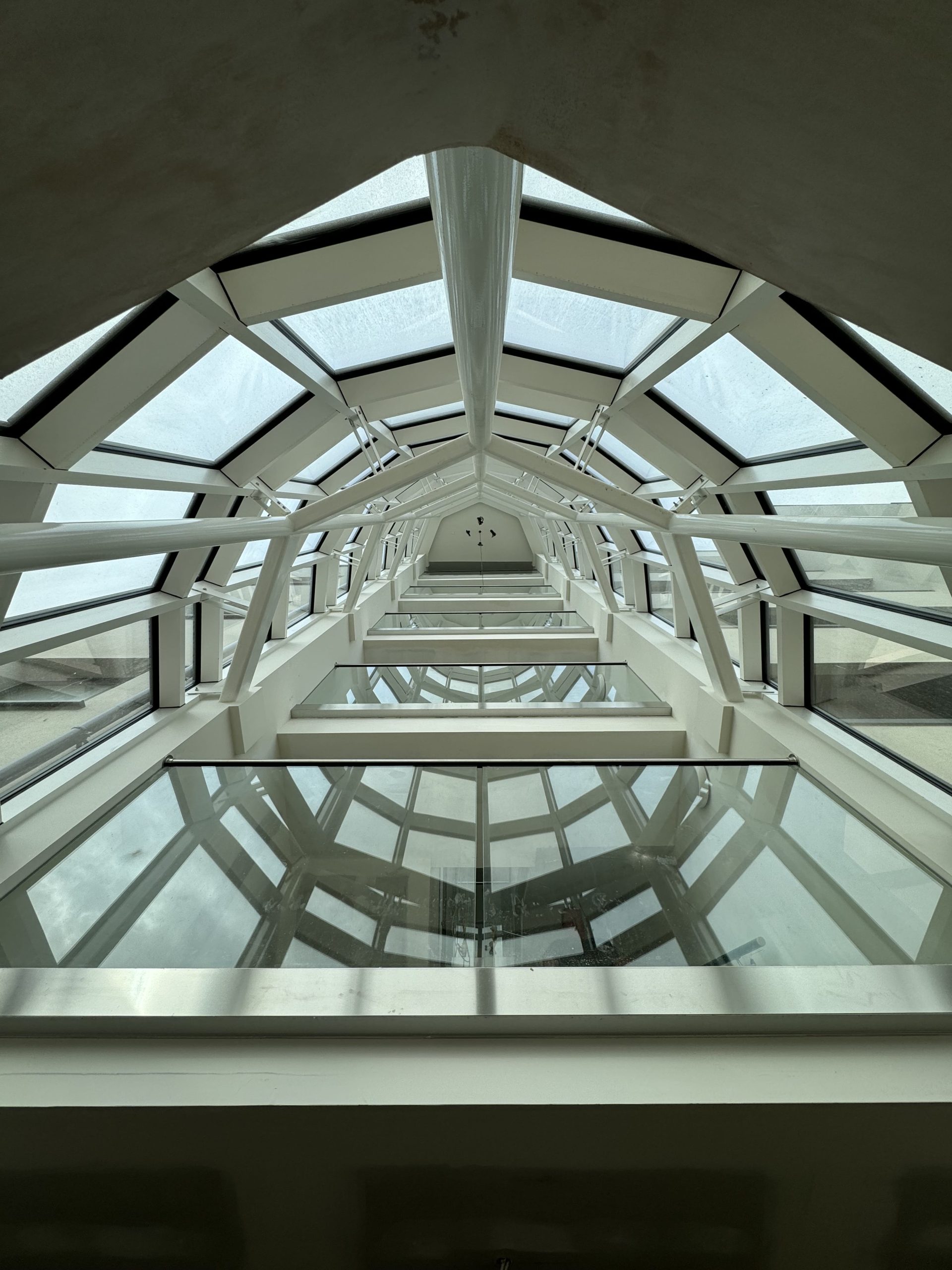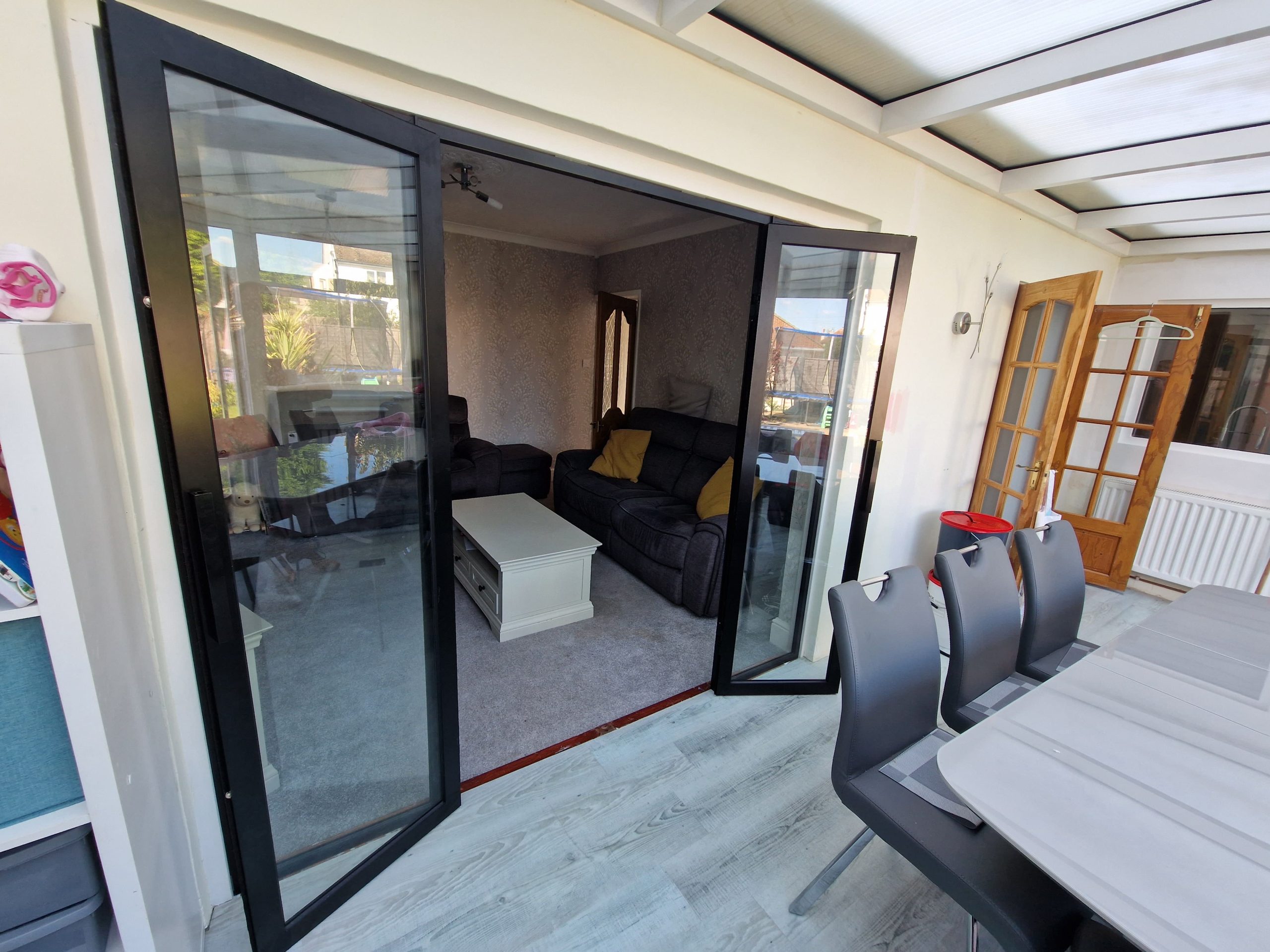Clear Solution to Heatwaves
During a heatwave, effectively using glass and glass products in buildings and houses can significantly enhance comfort and energy efficiency. One key strategy is utilising double or triple-glazed windows, which provide superior insulation, reducing the amount of heat entering the home. Low-emissivity (Low-E) glass coatings can further improve these windows by reflecting infrared heat, keeping interiors cooler.
Additionally, installing reflective or tinted films on existing windows can reduce glare and heat penetration. Skylights with UV coatings allow natural light without excessive heat gain. Incorporating smart glass technology, such as electrochromic windows, can dynamically adjust tint levels in response to sunlight, optimising indoor temperatures throughout the day.
Leveraging glass products like solar shades or strategically placed exterior awnings can minimise direct sunlight exposure, creating a cooler and more comfortable indoor environment during extreme heat conditions. Furthermore, integrating passive solar design principles with glass usage can enhance the overall energy efficiency of a building. By strategically positioning windows and glass surfaces, homes can maximise natural ventilation and daylighting, reducing reliance on artificial lighting and air conditioning. Green building techniques, such as using glass blocks for walls, can also contribute to thermal mass, absorbing and gradually releasing heat, which helps stabilise indoor temperatures.

Combining these glass technologies with other sustainable features like green roofs or living walls can further mitigate heat absorption and improve air quality. Educating homeowners and builders about these innovations can lead to smarter design choices that not only combat heatwaves but also contribute to long-term energy savings and environmental sustainability.
The thoughtful integration of glass and glass products in architecture offers a multifaceted approach to enhancing comfort and efficiency in our increasingly warming world. By embracing these innovative solutions, we can create living and working spaces that are not only more resilient to climate fluctuations but also more aesthetically pleasing. The transparency and versatility of glass allow for creative architectural designs that harmonise with the natural environment, fostering a sense of openness and connection with the outdoors.
Glass technology continues to evolve, promising even greater benefits in the future. Research into photochromic and thermochromic glass, which change properties based on light and temperature, holds the potential to further revolutionise how we manage energy efficiency in buildings. As these technologies become more accessible and cost-effective, they will play a crucial role in the global effort to reduce carbon
footprints and promote sustainable living.
The strategic use of glass in building design is not just a matter of comfort during heatwaves; it’s a forward-thinking approach to creating sustainable, energy-efficient environments. By integrating these glass technologies with other eco-friendly practices, we can build a future where human habitats not only withstand the challenges of climate change but thrive in harmony with it.


